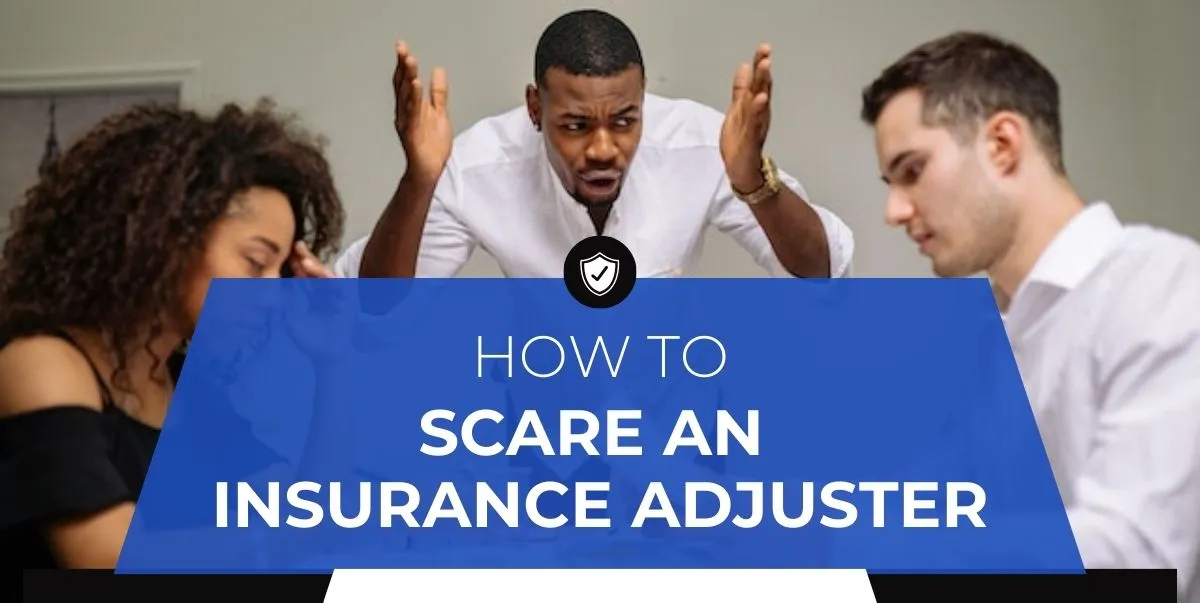
How to Scare Insurance Adjusters: Win Big on Your Claims!
Table of Contents Personal Injury and Property damages are sad realities of this world. Most insured people will likely apply to claim their insurance following
Most insurance policyholders pay little heed to their insurance policy’s coverages, deductibles, and terms and conditions. As a result, many are unsure whether they have gap insurance.
It is possible to get gap insurance as an add-on on the insurance policy, or they can also add it as additional coverage in the insurance obtained through the auto lender.
So, a common question arises in the minds of the policyholder, “How do I know if I have gap insurance?” – Well! Worry not. We will discuss and resolve this in this article.
To know if you have gap insurance, check the coverage details, deductibles, and the terms and conditions of your existing insurance policy, or contact your dealer or the insurance company.
It is important to know if you are already covered with gap insurance by enquiring about the same with your dealer or insurance company before you add additional coverage.
So how do you know if you have gap insurance? – The first step is to review your car insurance policy documents and read about all the coverage details mentioned.
Since it is not a mandatory state requirement like liability insurance and is an optional car insurance coverage, many don’t know if they have the coverage.
Nowadays, most major insurers, especially online insurers, provide a personal dashboard where all the necessary information related to the policy, coverages, deductibles, premiums, etc., are displayed and can be easily accessed.
However, if you cannot access the information, the obvious step would be to contact your insurance company through their customer support or the insurance agent that handles your insurance and enquire about the gap insurance.
As a standard practice, most car dealers automatically include gap insurance as part of the deal. They tend to upsell the gap coverage as part of the insurance policy that they offer with the car.
Nevertheless, don’t guess anything and scrutinize your sale documents to understand the coverages better and ensure that you have them.
People often finance their car purchases through a bank, auto lender, or credit union and prefer to add gap coverage as part of the auto insurance from these sources or a third-party insurance company by denying the one offered by dealers.
So, It is important to go through the documents of both the dealer and the lender, as the dealer may have already included that you may be unaware of.
So, before you take a separate insurance policy through the bank, lender, or a third party, ensure that you are already not covered by the dealer, and if you are covered, then either keep it or remove that coverage and add it to the separate insurance.
Again, if you are unaware and wondering how to know if you have gap coverage in the insurance policy that you have taken, contact your insurance company to verify the same.
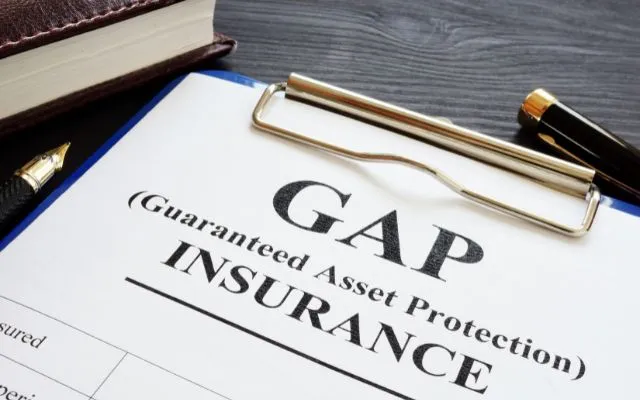
If you are sure that you haven’t bought a gap coverage as part of the insurance policy you either got through the dealer, the bank, or auto lender, or the third-party insurance company, then the only option left is to scan through your financial documents.
If you are still unsure and have no clue about the answer to the question,” How Do I Know If I Have Gap Insurance” then just check your credit card statements, bills, receipts, checkbook, or any other documents related to the insurance that might give you some hint.
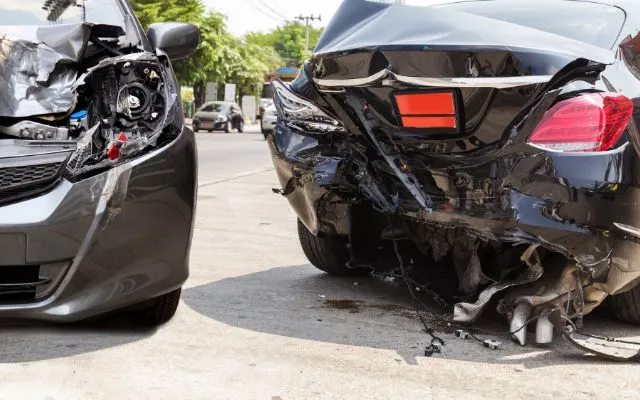
Another answer to How Do I Know If I Have Gap Insurance is to check your lease contract, as many lease contracts by lease companies do include a provision for not a gap coverage but something called a “gap waiver.”
Although not technically a gap insurance, gap waivers pay for the difference between the Market Value of the Car and the principal amount that is owed.
Hence, check the lease documents carefully to verify if they have provided a similar option.
Must Read:
Gap Insurance or Guaranteed Asset Protection Insurance, also known as loan/lease gap coverage, is a type of insurance coverage designed to cover the difference between the car’s Actual Cash Value or ACV and the insurance deductibles if the car is totaled in a covered accident.
One important thing to remember is that it only covers the damage to vehicles and not to other properties or bodily injuries.
Comprehensive car insurances with collision coverage usually cover the ACV of the car in case the car is involved in an accident and is partially damaged or is a total loss or stolen.
They usually don’t include the benefit of gap insurance, as corroborated by Bankrate.
Since most people buy cars through a car loan, it involves a premium, and hence the cost of the car will be more than the actual cash value of the car at the time of the incident as it includes premium or interest on the car loan.
So, now the car insurance company without gap coverage will only pay for the actual cash value of the car at the time of the incident after calculating depreciation and other deductibles.
Hence, if you don’t have gap cover, you must pay the difference between the acv and the remaining amount you owe to the lender.
Gap insurance, on the other hand, would pay the difference.
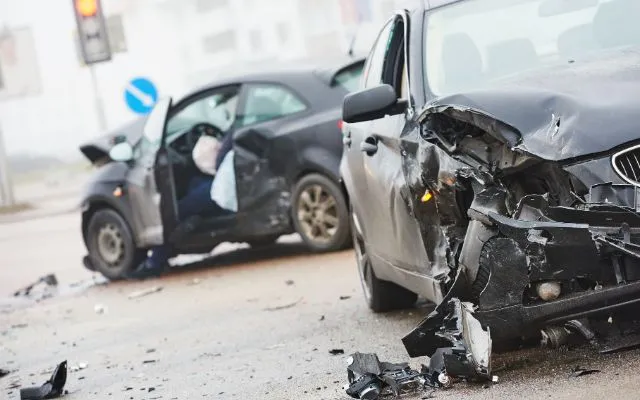
It is always better to be safe than sorry and opt for gap insurance, especially if leasing or buying a new car.
Otherwise, you must pay the difference if you are involved in an accident, or the car is stolen, which the auto insurance policy does not cover.
Let’s look at some important factors to decide if you need gap insurance for your new car:
So the answer is Yes, it is a good choice when the factors mentioned above are in play. Many don’t opt for the GAP policy because it might significantly increase the premium costs, increasing monthly payments.
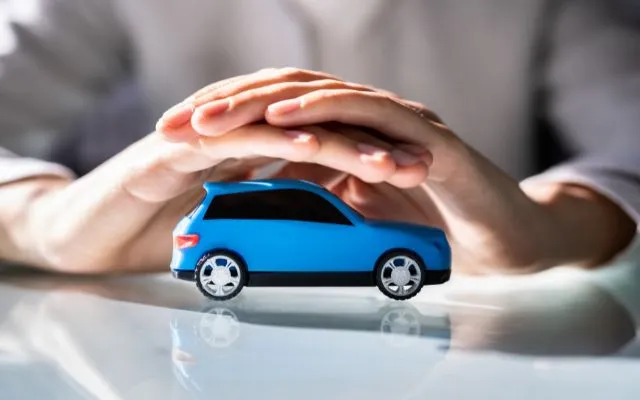
A gap insurance coverage is an optional coverage in the auto insurance policy. It pays for the difference between the actual cash value of the car and the money still owed to the lender or the bank when a car is totaled or stolen.
Usually, people sign up for it at the time of purchase of a new insurance policy for a new car, but if you are confused and want to know the answer to “How Do I Know If I Have Gap Insurance,” then first review your financing or leasing agreement or enquire about it from your insurance company and then if you’re sure you don’t have one, get it.
So, Yes, you can buy it after the sale. Adding the gap coverage to an existing insurance policy is usually cheaper than getting a new one with the gap coverage.
However, the cost of gap insurance may vary depending on various factors. They include the vehicle’s value, credit score, the amount of down payment, etc.
The most frequently asked questions are as follows:
Gap Insurance and Full Coverage are not the same. Full Coverage usually means the insurance policy covers the state’s minimum requirements, comprehensive coverage, and collision insurance. So, Gap coverage is part of the full coverage and can be added as additional coverage by the insurance provider.
Gap insurance covers the gap between the ‘total loss’ payout and the original purchase value of the car if the car is involved in an accident. Vehicle replacement GAP insurance is similar, only that it pays the difference between the ‘total loss’ payout and the value of a new car.
Gap Insurance is an optional insurance policy that pays the difference between the Actual Cash Value of the Vehicle with all the depreciation and deductibles paid by the auto insurance company and the loan balance owed to the lender in the event of an accident or theft of the car.
Loan Lease Payoff is a type of Gap Insurance policy where the major difference is that Gap Insurance pays the entire difference between the value of your car after deducting the depreciation costs and the amount owed to the lender. In contrast, the loan lease payoff pays a maximum of 25% of the car’s actual cash value.
Read More:
I hope I have answered the question, “How do I know if I have gap insurance?”. Follow the steps described in the article to ensure that gap coverage is included in your car insurance policy, and if not, then speak to your insurance company to add this coverage or take a new insurance policy that includes gap insurance coverage.
Disclaimer: The information provided in this article is for informational purposes only and should not be construed as financial advice. The author’s opinions are their own and should not be taken as a recommendation to invest in any particular product or service. It is strongly advised that you consult a financial advisor before making investment decisions. Investing always carries risk, and it is up to each individual to consider their options and make informed choices carefully.
Share this post:

Table of Contents Personal Injury and Property damages are sad realities of this world. Most insured people will likely apply to claim their insurance following
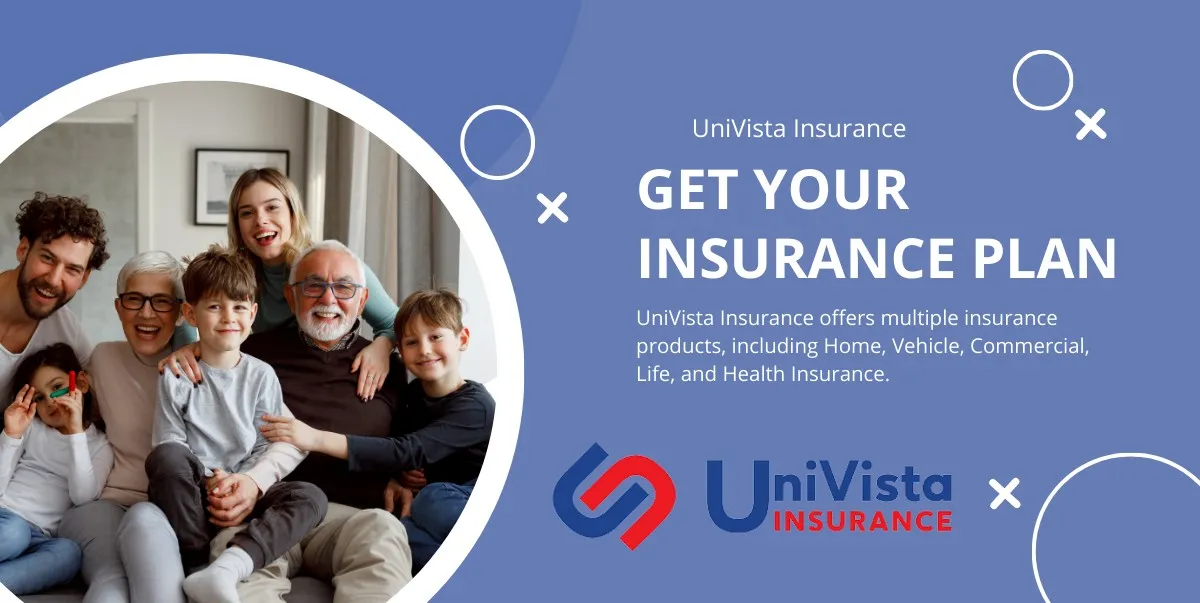
Table of Contents You have heard of Univista Insurance but are not sure about their offerings? Need to learn about their policies and coverage? This

Table of Contents Are you looking for multiple insurance products like home or car insurance and wondering if Otto Insurance is the solution to your